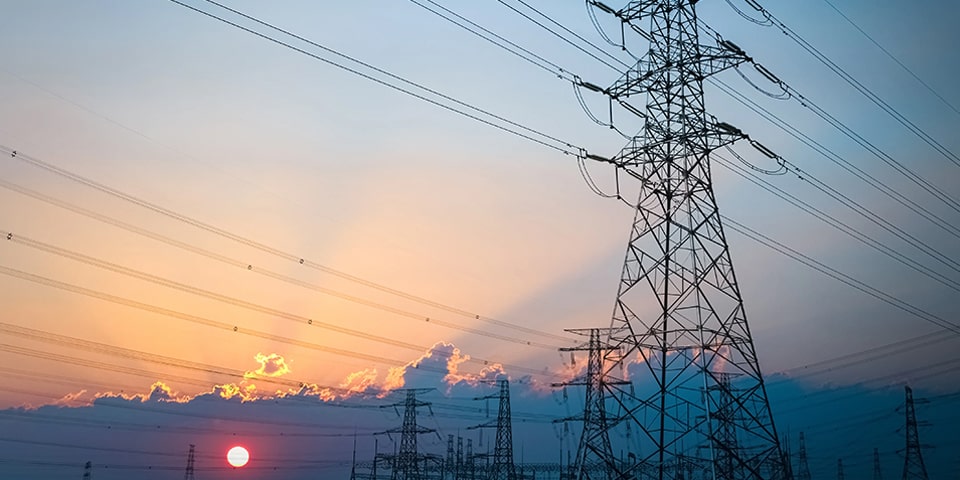
July 21 2021
Times are changing, and so are the requirements for data transmission. Modern times require faster and effective data transmission, for which Power-over-Ethernet technology is used. Let’s find out more about this technology in this article:
Power-over-Ethernet technology allows traditionally-used network cables (Ethernet) to carry electrical power along with data transmission; hence, the name ‘power-over-Ethernet. It has the capability to send 10/100/1000 Mbps of data to devices over different categories of Ethernet cables. The maximum distance it covers is 100 metres. Other than that, it can carry up to 90W of the power budget.
With PoE, one RJ45 can provide both electric power and data connection to PDs. This eliminates the need of having two separate cables for data and power. For example, when we install a digital security camera, it needs two connections; a network connection and a power connection. The former connects it with display equipment, while the latter provides it with the power to run. With the implementation of power-over-Ethernet, only one connection will suffice.
Other than IP cameras, it can be used in VoIP phones and wireless access points.
Institute of Electrical & Electronics Engineers have set IEEE802.3af & 802.3ac standards to govern the implementation of power-over-Ethernet.
There are numerous benefits of using PoE. Some of them are:
The installation cost of power-over-Ethernet is considerably less as compared to the installation cost of traditional wiring. Not only this, but the operating costs are more efficient as well. This makes PoE a cost-efficient and much more effective alternative to the traditional cabling system.
Let’s see how it saves money on installation and operation:
In PoE, power and data transmission is designed in a way that it doesn’t let network equipment get overloaded or underpowered. The PSE, before sending the data to PD, establishes a handshake procedure. With the help of this procedure, it knows about the power requirement of the connected device. The benefit of the handshake process is that it uses low voltage; thus, it is harmless to the connected devices, whether they are PoE or non-PoE compliant.
When the handshake procedure completes, the switch or injector starts transmitting power. In case the handshake doesn’t complete, no power is transmitted.
Furthermore, there isn’t any chance of incorrect/faulty installation as the process is fairly straightforward. This makes it a safer choice. However, it is recommended to get high-quality cables from fiber optic cable for effective results.
Power-over-Ethernets makes the entire system more flexible. It allows organizations to easily locate wireless access points or IP cameras anywhere, depending on their requirements, as they do not need an electrical outlet. Furthermore, these devices can be repositioned conveniently as well, if and when required.
It is basically a plug and play system. There’s no requirement to bring the network down or make adjustments to any device. PoE devices can be easily integrated into a network configuration seamlessly.
PoE is a reliable option as it isn’t tethered to a power outlet. In fact, PoE devices get an uninterruptible power supply, which reduces the chances of downtime up to a great extent. Furthermore, it also makes for the best choice for data collection due to this feature.
This technology comes with its fair share of limitations. For example, it can only transmit signals up to a distance of 100 metres. This limitation is due to the Ethernet cable standards. However, a power-over-Ethernet extender can be used to increase the length up to 4000 feet.
Another limitation of PoE is that if you’re using non-PoE compliant devices, you will need additional equipment. This can increase the installation cost.
Most devices included in the Internet of Things (IoT) and Smart Homes can use PoE. Some of these are:
PoE+ is the advanced version of PoE. Institute of Electrical & Electronic Engineers released this Ethernet standard amendment in 2009. It is known as (IEEE) 802.3at and can transmit 30W at the port level.
In all, PoE is a reliable technology that you can use to make your business infrastructure more efficient. However, it’s important that you use high-quality Ethernet cables, and for this, you can rely on Malco Technologies – leading fiber optics and Ethernet cable suppliers in the UAE.